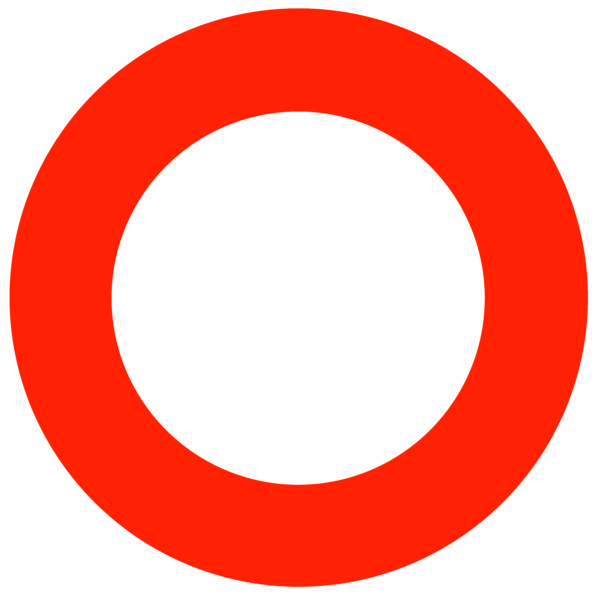SYS*08.ConN*01/ Uh-1\F23/ APP*01.NOEX01/ REU*03\UNP*01-09 aka The Bunker
Plans executed by Rudy Ricciotti
Courtesy Musée l’Organe
There are 9 temporary accommodation units, all exactly identical. In construction and appearance their design is a reminiscence of wartime military bunkers. They are located at 9 sites across the world.
They are all linked by virtual and analogue connections. Virtual links: encrypted network systems linking all units (very high speed Internet, Extranet and Intranet network, satellite, local radio loop, etc). Physical links: carrier pigeons.
The 9 temporary accommodation units and connections form a network. The network can be used as a temporary measure, no-one can remain in the same accommodation unit for more than… (to be specified). To use the network a request must be sent to bunker@organe.org. If the request is accepted, you will receive an electronic ring which will give you the location of the bunker and tell you how to get there.
Once on site your ring will serve as a key.
This is a network. A network with regular stops. So we could call it a stops network. All the stops are identical and physically incarnated. There are 9 of them. 9 identical habitable modules. Because each unit is identical and because the image of the bunker is a common “place”, visitors can immediately find their way around. We move between points that are all identical but whose geographical location has changed. There is a thin line between the inside, a familiar territory and the outside which remains to be explored. The network becomes a tool which may, by ordinary usance, oblige users to go in the territory outside. It i s no longer data that is transported through a network, but ourselves, a kind of teletransportation made possible by a combining of physical and virtual elements.
MATHIEU BRIAND
